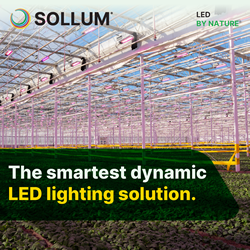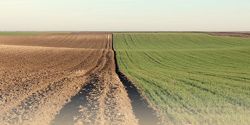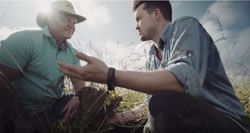Back to Basics Soil Fertility Part 2: Phosphate
We will discuss Phosphate today as it is the nutrient that I fear is most deficient on farms across the Canadian prairies and the northern Great Plains area of the US.
Back to Basics Soil Fertility Part 1
I see a lot of information being thrown your way - some factual, some based on speculation, and some science fiction. What I hope to be able to do is give you some background information so that you can reasonably detect which pile to file the information in.
Can "Unhealthy" Soils Consistently Produce Exceptional Yields?
In some circles, soil health tends to end up in a discussion about farming practices - almost a checklist of do's and don'ts. Other approaches try to quantify soil health with a test.
New Documentary Sponsored by Joyce Farms Educates Farmers on Lowering Costs and Improving Yields With Regenerative Methods
A Regenerative Secret, the newly released documentary sponsored by Joyce Farms, aims to build awareness for the transformative practice of regenerative agriculture, a method of farming that the company made standard practice on its farms in 2018.
A Look At Irrigation Management Practices In Nebraska
Running sprinklers on the right, impending downpours on the left - color me confused. Why would growers, who are much more knowledgeable about their crops, put down water when thunderstorms are rumbling on the horizon?
Records 31 to 35 of 35
Featured Product

The smartest dynamic LED grow light solution.
We set the standard in LED grow lights. No other grow light solution rivals Sollum's performance, thanks to innovation such as unmatched automatic dimming of light intensity and spectral in real time. Whether you grow specialty or mass market produce and all options in between, we have a cost-effective, environmentally friendly and fully supported LED grow light solution to fulfill your business needs.



.png)

